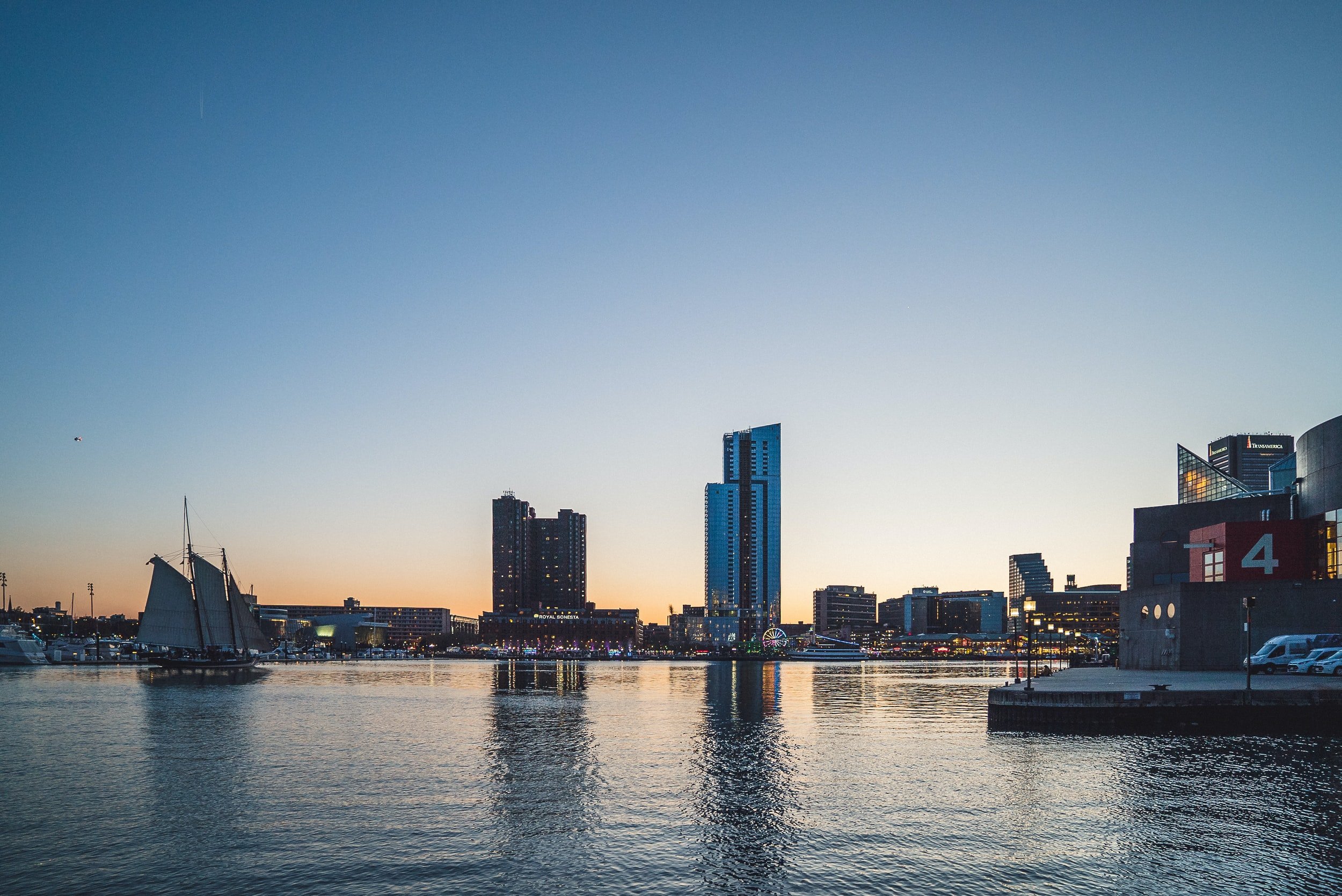Frederick Douglass-Isaac Myers Maritime Park
About
The Frederick Douglass- Isaac Myers Maritime Park is a Living Classrooms Foundation campus (and headquarters) and national heritage site that celebrates the contributions of African Americans in the development of Baltimore’s maritime industry. The site honors and interprets the city’s African- American maritime history, while preserving one of the city’s oldest existing waterfront industrial buildings.
Are you looking for a fun experience that is informational and inspiring for your students or group? Perhaps you would like to plan a day of activities with the family? Visit the Frederick Douglass-Isaac Myers Maritime Park and Museum.
The campus’s Frederick Douglass- Isaac Myers Maritime Museum is open to the public and chronicles the saga of Frederick Douglass’ life in Baltimore as an enslaved child and young man. We also take a look at the life of Isaac Myers, a free born African American who became a national leader. As a visitor, you will also learn about the founding of the Chesapeake Marine Railway and Dry Dock Company and the establishment of the African American Community in Baltimore during the 1800’s.
-
Students/Teachers– Go beyond the textbooks and get a glimpse of what life was like 150 years ago while visiting the Douglass-Myers Maritime Park. Here, students learn, grow and experience the richness of African-American history in vivid detail. Students can also discover the challenges of the shipyard like Frederick Douglass did as a child. Come and be a part of African American history by visiting the Douglass-Myers Maritime Park. It will be an enlightening and inspiring experience for students of all ages.
African Americans– This site provides a unique opportunity for African Americans to step back into the world of our ancestors. Come and connect with the diverse aspects of our beautiful heritage and culture. Here, you can learn how African American churches helped pioneer the education of children and adults and how they tied together economic and political forces. Take a voyage into our distinct past and journey with us as we re-live our bitter-sweet history.
Interested in Maritime History? African Americans have long been involved in the trades. However, their stories remain untold. At the Douglass-Myers Maritime Park, you can uncover how African Americans worked on land to create a vital experience for those on water. Come and encounter the vibrant maritime history of African Americans in Baltimore.
Interested in Baltimore? The Douglass-Myers Maritime Park offers an insightful look at how the city developed around the maritime trades. At one point there were almost 20 shipyards in Fells Point. They employed thousands of people and this site explores and offers information about the only African-American-owned and operated shipyard in the United States.
-
February 1818: Born Frederick Bailey near Easton, Maryland
1826: Travels to Baltimore, Maryland to work for Hugh Auld
1833 to 1836: Temporarily returned to the Eastern Shore plantation before being sent back to Baltimore to continue working for Hugh Auld
September 1838: Escapes to New York; changes name to Frederick Douglass
1864: Meets with Lincoln to formulate plans to lead blacks out of the South in case of a Union defeat
February 1866: Meets with President Andrew Johnson to discuss black suffrage
May 1870: The Fifteenth Amendment is adopted and blacks are granted the right to vote; becomes editor of the New National Era
-
1855: Hired to supervise one of the largest shipyards in Baltimore’s harbor
1860: Begins work as a shipping clerk and chief porter for a wholesale grocery firm
1865: Returns to the shipyards and experiences a strike protesting black labor in the maritime industry and helps form a union of “colored mechanics”
1866: Myers and 15 other well-known Afro-American men convene at the Sharp Street UM auxiliary hall; they work together to form the Chesapeake Marine Railway and Dry Dock Company [CRDDC]
1869: Myers is one of nine black delegates to attend the National Labor Movement Convention Creates the Colored National Labor Union and is elected as the first president
1870: Becomes the second Afro-American in Maryland’s history to receive federal appointment as a messenger to the customs service in Baltimore
Hours of Operation
The Frederick Douglass Isaac Myers Maritime Park Museum and Bearman Gallery are open Monday through Friday, 10AM to 4PM. Please follow @FDIMMP on Facebook and Instagram for updates, announcements, and museum history and information.
-
Adults – $5.00
Seniors (age 60+) – $4.00
Children (age 6-17) – $2.00
Children under 6 admitted free -
Living Classrooms is proud to partner with the Baltimore National Heritage Area’s Urban Rangers as the exclusive guided tour provider at the Frederick Douglass Isaac Myers Maritime Park. For more information and to arrange a guided tour date for your school, family, or community group please call Kenyona Moore at the Heritage Area office 410-878-6411 ext. 4 or inquire via email at kmoore@baltimoreheritagearea.org. Minimum group size is 10.
-
Adults – $8.00
Seniors (age 60+) – $7.00
Teen / Student (age 15-20) – $7.00
Youth (up to age 14) – $6.00Visit the Baltimore National Heritage Area Website Here.
-
Located on the third floor of the Douglass-Myers Museum, Bearman Gallery features a rotating exhibition of local African-American artists whose work covers a broad range of styles and mediums.
The gallery is open for viewing Monday-Friday, 10:00 am-4:00 pm, and is included in the price of admission to the museum.
All artwork is available for purchase; a portion of the proceeds support the museum.
Check out our current curator, see below:
Kibibi Ajanku, Curator: https://www.kibibiajanku.com/the-bearman-gallery
Kibibi has continued her journey as an artist through her work as a curator by creating new and innovative ways to present the past, present, and future of the Black diaspora. She uses this same lens to curate arts-based equity, diversity, and inclusion programming through her work as an educator within universities and arts organizations throughout Baltimore. Kibibi Ajanku’s work has and continues to uplift and empower Black artists and increase intercultural understanding within the city of Baltimore and around the world.
For inquiries about the gallery or artwork, please contact: Meg Ward, mward@livingclassrooms.org
Locate Us
1417 Thames St
Baltimore, MD 21231

Contact Us, Donate, or volunteer
Have a question about Frederick Douglass Isaac Myers Maritime Park and Museum?


